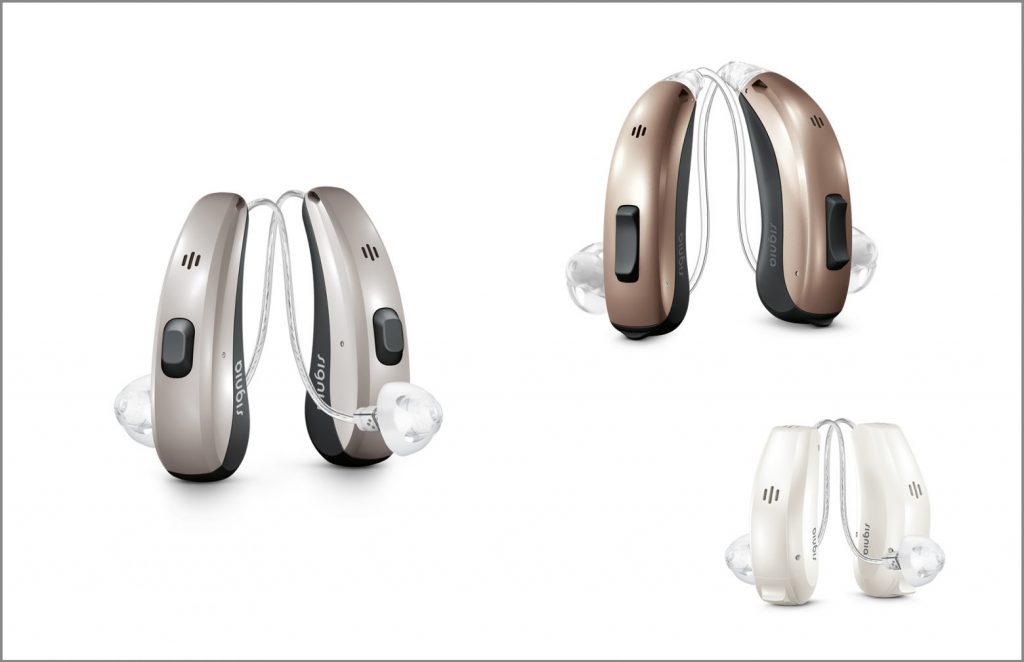Hearing Aids: Great Little Gadgets for the Right Person
Hearing aids are a wonderful invention, but only if they’re actually worn. I learned this about six months ago when I took my elderly mother, who has substantial hearing loss in both ears, to an ear doctor for a physical examination to rule out any pathology causing her hearing loss. Then she underwent audiometric testing in the same office after going through sonus complete reviews.
The audiologist recommended a hearing aid in one ear to improve her hearing (she said the hearing in the other ear was too far gone to benefit from one). We spent an hour with the hearing aid fitter, talking about the many different choices and what might work best for my mother and her particular hearing loss. She opted for the cheapest and least complicated version at 1200-plus dollars.
We returned two weeks later, after the custom-made mold for her ear was completed, and she tried out the hearing aid. It was a digital over-the-ear (OTE) model with a few bells and whistles that my mother didn’t quite grasp right away (actually, neither did I), but I thought that with time, we would both understand how to use it and it would improve her quality of life (and mine) in the bargain.

Among other features, it had a button you could press that allowed for better hearing in phone conversations. My mother would finally be able to hear the phone ring when she was in another room, and she could turn down the volume on her TV, which would please her neighbors. And it would help me because I have a soft voice and I wouldn’t have to yell and repeat everything I say to her.
Unfortunately, the hearing aid didn’t work out. There were problems right away. My mother has poor finger dexterity and some numbness in her fingers, so she had trouble installing and removing it, as well as manipulating the tiny buttons and the battery door. Because she tends to forget where she puts things, she kept misplacing it. She also complained that she didn’t like the quality of the amplified sound, that she heard an echo, and that it didn’t feel comfortable in her ear. She really tried to get used to the hearing aid, but we ended up returning it.
During this same period, my mother found an ad in a magazine for a really cheap pair of one-size-fits-all hearing aids-I believe they were $18.95 plus shipping and handling. Since she’s never been one to pass up a bargain, she ordered them. After they arrived she tried them out and claimed that they worked better than her expensive custom-fitted hearing aid and that the sound quality was better. But they kept falling out because they weren’t fitted for her ears, and so in a short time, she lost interest in wearing the cheap ones too.
The moral of this story is not that hearing aids are a bad idea for elderly people. I think my mother has gotten so used to her hearing loss that she finds a hearing aid intrusive and too complicated for her simple, rather solitary life. In contrast, my husband’s mother, who is much more social, has worn two hearing aids for years and loves them. And there’s no question that younger people with hearing loss, who need a good hearing to function in their jobs, in school, and in social situations, would benefit greatly from the sound amplification that hearing aids provide.
I knew nothing about hearing aids going into this adventure, and now I can say that I know a little more. I know that they vary greatly in size, shape, quality, and price and that spending a lot of money on a hearing aid doesn’t necessarily mean you’ll be satisfied with what you get. You can buy them mail order, you can go to a shopping mall hearing aid center and order them, or you can purchase them through a medical clinic. Whichever way you do it, make sure the hearing aid is suited to your lifestyle and your needs. Otherwise, it’s not worth the investment, no matter how little or how much you spend

So the main advantage of a hearing aid is obvious: you can hear better-although it won’t restore your hearing to normal, and there may be feedback problems, as happened to my mother. The disadvantages include its small size and how easily it can be lost; the fact that you have to remember not to get it wet by wearing it in the shower; having to change the batteries and making sure that when you take it off, the battery case remains open; and the expense, which can be substantial if you don’t have insurance to cover it. There is a learning curve involved in wearing a hearing aid. But if you can handle the mechanics and the money, a hearing aid will enhance your life and the lives of those around you. I would definitely consider one of my hearing gets bad enough.
In the end, to deal with my mother’s hearing problem without a hearing aid, we bought a gadget at Radio Shack to attach to the phone that amplifies the ring. We’re also thinking of purchasing another gadget that will amplify the sound of the TV for her but not for her neighbors. Now, all we need is a microphone surgically implanted in my chest so I don’t have to yell anymore.

